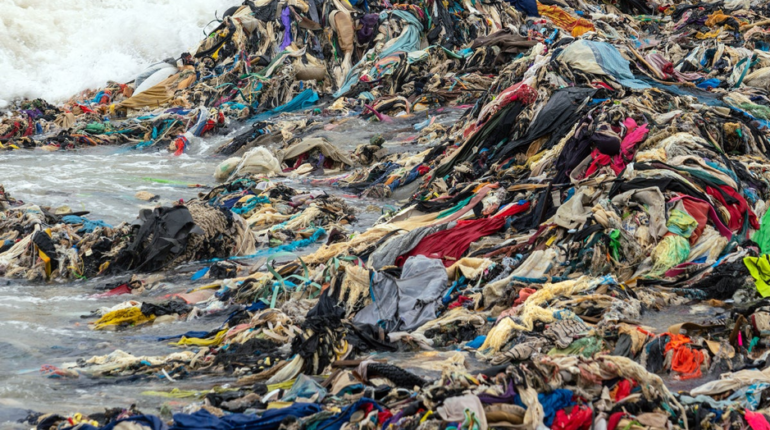A new fashion report by Berlin’s Hot or Cool Institute presents data on how fashion consumption exposes global inequalities, reveals how many outfits we really need in our closets, and makes suggestions for improving sustainability within consumer behaviour.
Whether you already live by the advice of sustainable fashion advocates or not, there’s no denying that making simple changes to our shopping habits will play a significant role in fighting the climate crisis.
Issues with how we currently consume fashion have come to light thanks to growing studies on the industry’s negative environmental impacts. Looking further, sustainability research organisations are illustrating how shopping rates across the globe can both illuminate and perpetuate environmental and social inequalities.
Hot or Cool Institute, based in Berlin, has released a comprehensive report outlining how fashion’s carbon footprint is not equally shared by nations. It also provides advice on how to consume sustainably, who exactly needs to address their bad habits, and how to get the most out of the clothes we already have.
Let’s take a look at some of the key points.
"We want to see fast fashion slow down, living wages for workers and fashion businesses producing less. We need more data and thats what this report offers."
👏@ruthmacgilp from @fash_rev reflecting on the @hotorcool #fastfashion report.👇https://t.co/ENATx4dHQL
— Rapid Transition Alliance (@RapidTransition) November 24, 2022






















